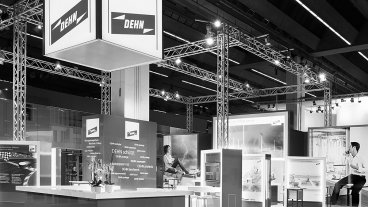FAQ - Arc Fault Protection
Answers to the most frequently asked questions on the topic of arc fault protection |
|---|
A: The components you require depend on your switchgear configuration. We calculate the price based on the following:
We will be happy to provide you with a non-binding offer: [email protected] |
A: The integration test proves that the combination of the switchgear and the DEHNshort arc fault protection system works perfectly together. It also verifies that the temperature rise limits and short-circuit withstand capability are observed, and nuisance tripping prevented. |
A: The integration of DEHNshort in the switchgear assembly is done in 5 steps:
As a rule, integration takes 2 - 3 months. |
A: We will be at your side from the very beginning. DEHN product managers help you with the integration of components. They support the switchgear manufacturers with preparing and conducting the integration test. DEHN product specialists offer training for project engineers, production employees and QA staff. And, when you get your first customer orders, our technical support team will be at the ready with advice and assistance. |
|
A: 5 steps towards resuming operation after an arc fault:
|
A: Counter question: What is at stake for you if production is interrupted for weeks on end? Because that is exactly what can happen if no redundant power supply is available. By implementing an active arc fault protection system, production downtime due to arc faults can be reduced to a minimum. Unfortunately, serious arc fault incidents are frequently caused by operating errors. Here, effective protection is available through technical means. In practice, a professional risk assessment also often leads to the introduction of arc fault protection measures. Just ask yourself this question: Would you be willing to do without the airbags or maybe the ABS in your car? |
A: There is a risk, e.g. for people who are near the switchgear assembly during an arc fault. Even if the assembly is closed, they can suffer injury due to toxic gases. Remember that the protection against thermal effects and overpressure is ineffective when the switchgear assembly is open for maintenance and operation. |
Your question hasn’t been answered? Contact us - we are happy to help: [email protected]


